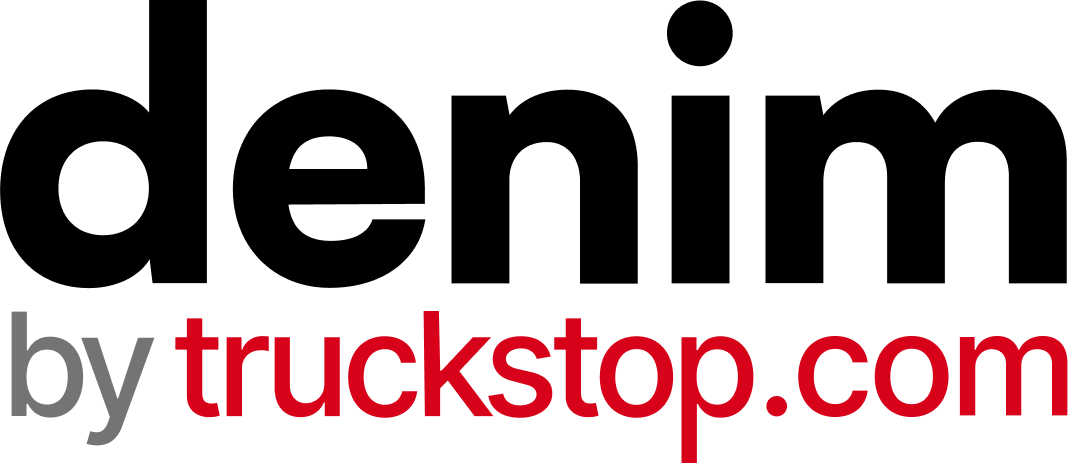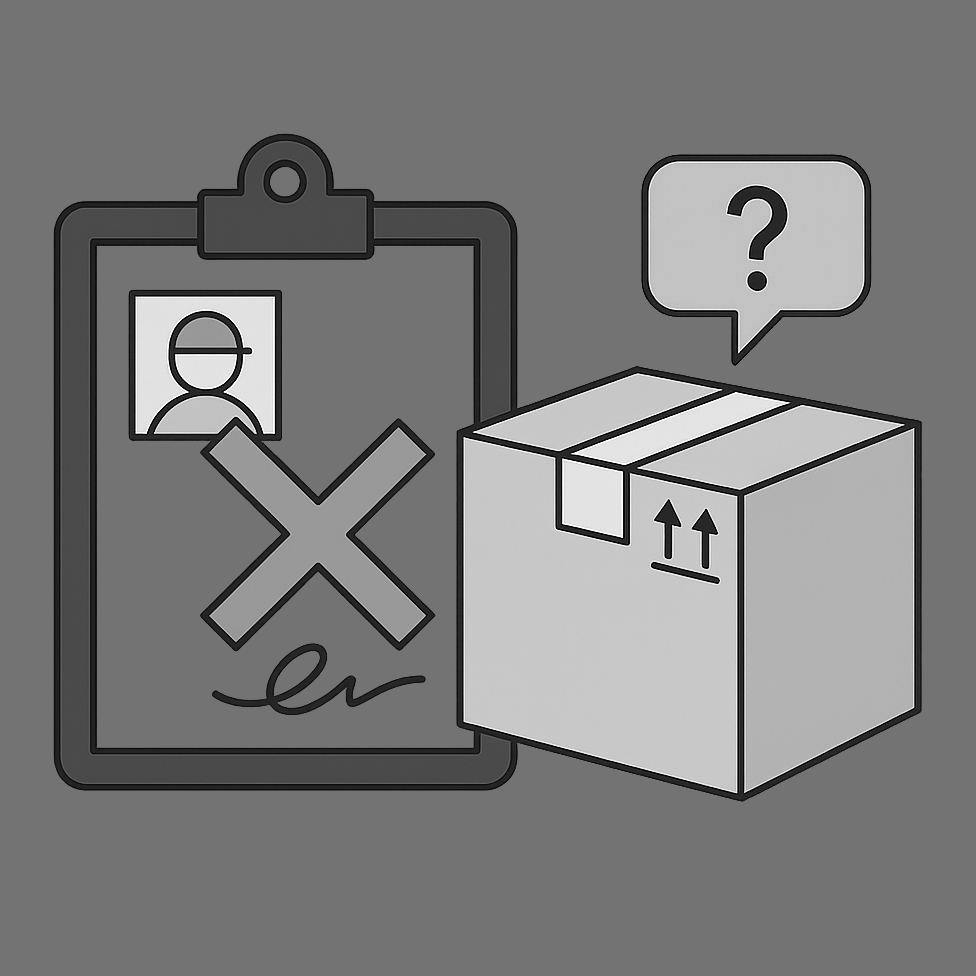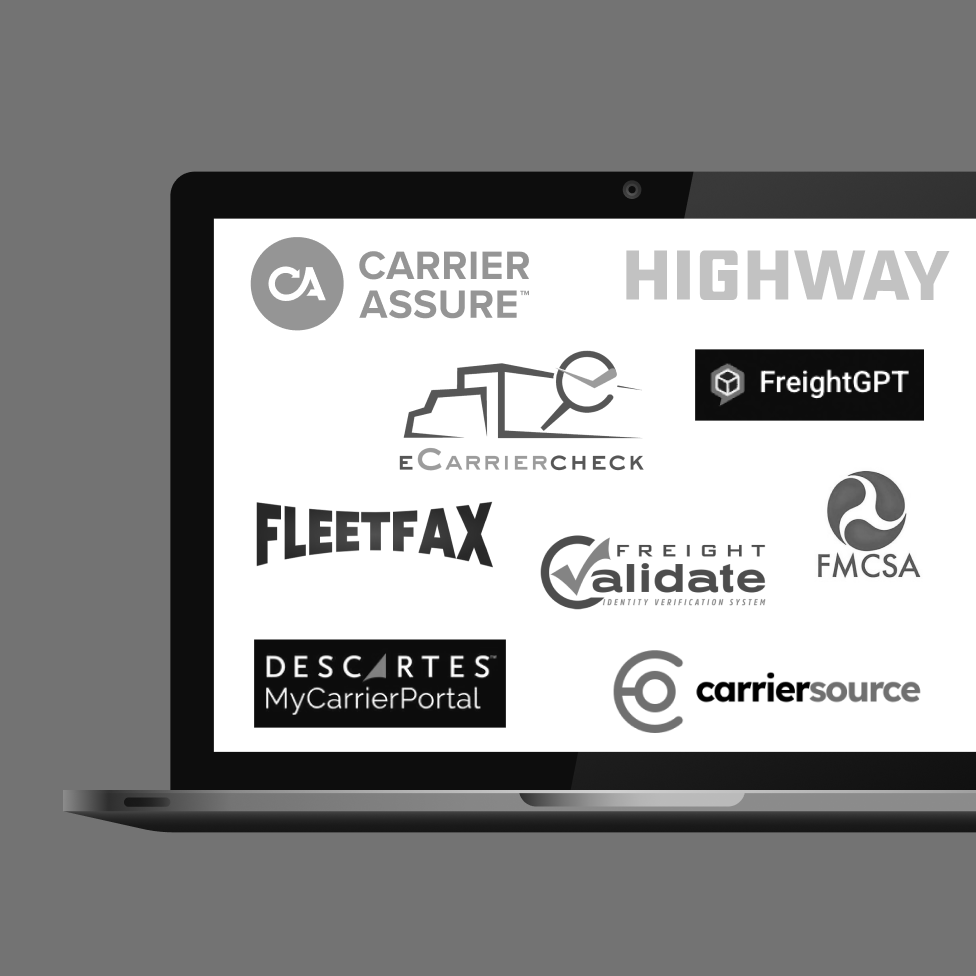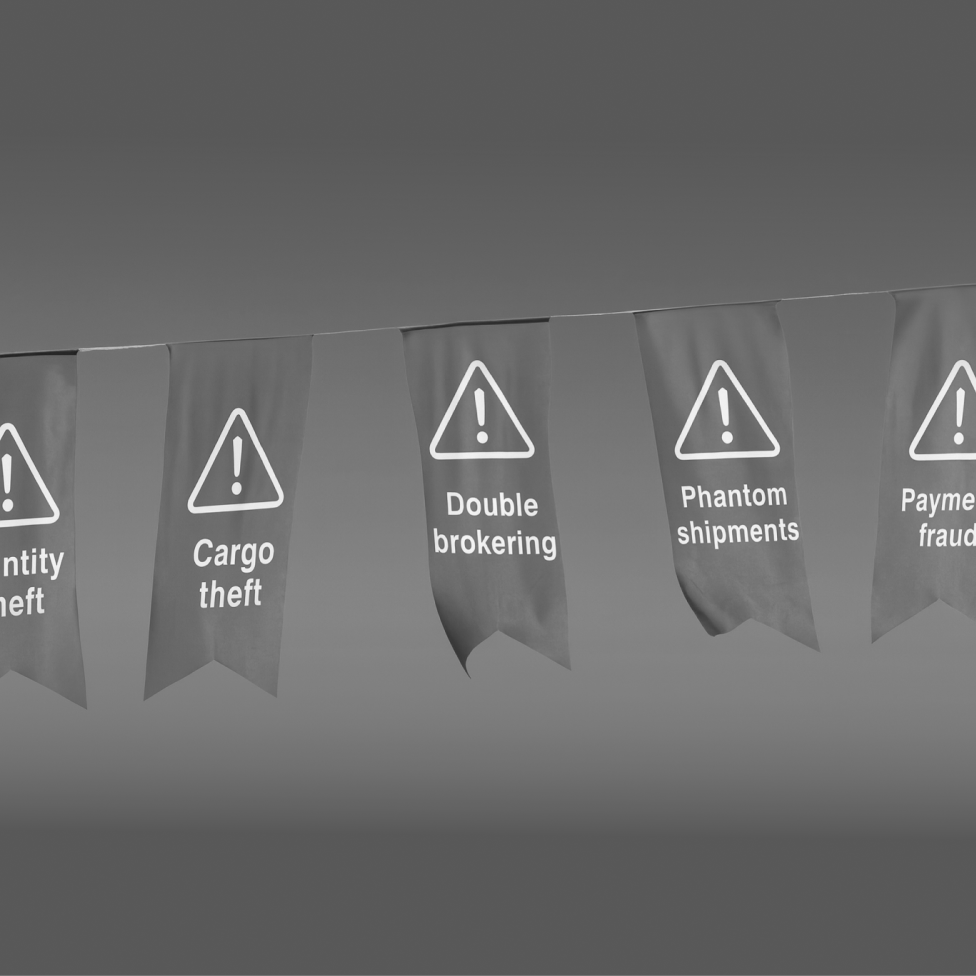Every broker knows that keeping a close eye on your cash flow is an essential piece of the business. Without careful monitoring, it’s easy to let costs balloon out of control and for economic forces to have their way with your business.
A Profit and Loss (P&L) Statement is a tool used by brokerages of every size to monitor and understand the financial health of your business. This document may also be referred to as an income statement, and provides a clear snapshot of your company’s revenues and expenses over a specific period. This makes a P&L statement a vital tool to gauge your operations performance, make informed decisions, and plan for future growth.
Read on to learn how to put together a P&L.

Get started on your Profit & Loss Statement with our free template.
What Should be Included in a P&L Statement for Freight Brokerages?
A P&L statement can be as simple or complex as your business needs, but generally contains a few core components. The most basic of these are your revenue, expenses, and net income (profit).
More complex P&L statements include details of cost of goods sold (COGS), gross profit, operating expenses by category, gains and losses, and more. P&L statements differ from your balance sheet in that they generally don’t include information about debt or loan payments and personal cash injections or withdrawals.
P&L statements for freight brokers are slightly different from those for other businesses, since brokers generally are only paid for the margin between what they charge the shipper and what they pay the carrier.
As a broker your P&L statement should differentiate between these numbers: Gross revenue (the total amount your brokerage is paid by the shipper) and gross margin (the amount your brokerage is left with after paying carriers).
Including both of these numbers on your P&L statement will help provide a clear picture of your business health, including the profitability of loads shipped.
After you’ve determined your gross revenue and gross margin, your P&L statement should also list all other operating expenses such as salaries, office expenses, taxes, technology costs, factoring fees, advertising expenses, etc.
Once these have been subtracted from your gross margin, you’ll be left with your net profit, and should have a clear idea of where your income and expenses are coming from.
Here’s the basic data we recommend including on your P&L statement:
- Gross revenue
- Gross margin
- Operating expenses
- Gains
- Losses
- Net Income/Net Profit or Loss
- Time period
With these basics, your brokerage should have a good understanding of the financial health of your business for that specific period.
Analyzing & Using a P&L Statement
Now that your basic P&L statement has been created, it’s time to dive into the numbers and understand what’s going on with your business.
The P&L statement offers insights into the profitability, operational efficiency (or lack thereof), and potential areas for improvement in your brokerage. When examining your P&L statement, look at various time periods to compare numbers such as gross margin, total expenses, fluctuations in revenue, and more.
Taking a close look at these numbers can give your brokerage a new understanding of trends within the company. Pay close attention to large fluctuations in revenue and trends such as increasing expenses or decreasing margins per load. Monitoring these changes in your business can allow you to proactively address potential pitfalls, and strategically plan for the future.
Keeping a close eye on trends in your business may also help inform future strategic decisions. You may notice large swings in revenue every year due to seasonality, and can plan accordingly by diversifying your customer base for the low season or hiring additional staff proactively for the busy season. During your analysis, you may notice additional expansion opportunities, or a worrisome trend that your brokerage needs to save cash on hand to prepare for.
With a well-maintained P&L statement these trends become obvious, and allow brokers to make strategic decisions with confidence.
Common Mistakes and Best Practices
The biggest mistake most brokerages make with P&L statements is one of neglect: many brokers either don’t have one, don’t know where it is, or haven’t updated it regularly. We know how difficult it is to keep on top of the day-to-day activities of your business, and adding P&L monitoring can seem like just one more task on an endless list.
Another common mistake is not including all of your expenses accurately, which can lead to a skewed understanding of your brokerage’s profitability and cash flow.
This is why we recommend setting aside a specific day or time each month to update and review your P&L statements and other accounting documents, with a professional accountant’s assistance if possible.
The best way to stay on top of these numbers is through systemization and automation when possible. Using software systems like Denim’s financial dashboard to automatically report on your numbers can streamline the process and reduce error-prone manual entry.

Conclusion
Creating a P&L for your brokerage might seem like a lot of work, but they’re easy to keep up with once you have the systems in place to collect and monitor the financial health of your business.
Your P&L statement is more than just another financial document to keep up with - it’s your direct insight into where your brokerage has been and where it’s headed. By accurately tracking and analyzing your revenue, costs, margin, and expenses, it will be significantly easier to drive your business forward toward profitability and success.
Your P&L statement is a living document, and should be continuously updated, monitored, and added to as the needs of your business change. Keeping a close eye on your finances will point you in the right direction for future strategic decisions, long-term planning, and more.
Most brokerages struggle to combine all of their data into one place, making it a scramble every time they need to update their financial documents. That’s why we created the Denim Business Performance Dashboard, so you can get all the information you need in one place. Learn more and request a quote for your business here.
Denim’s automated solutions streamline your back-office operations. Explore our solutions to see how Denim can help your business scale efficiently.
There's a better way


.png)




